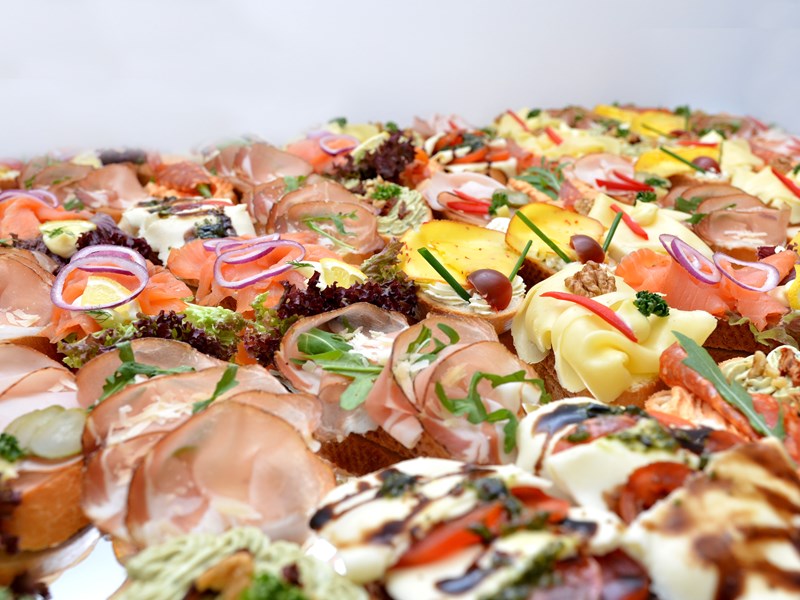Veronica has more than 20 years in senior management roles, leading marketing and sales strategies that include primary care consumables, pharmaceuticals, natural health care supplements, consumer and safety products within B2B and B2C.
Differences home v commercial composting v kerbside recycling (Review)

We often get asked about the differences between home composting and commercial composting and kerbside recycling. This got us thinking at Berica, so we have written this article for you to demystify these terms and in this article you’ll discover the “journey of food packaging” once it leaves your premises.
Understanding the differences helps consumers and businesses alike make better decisions when it comes to disposing of takeaway and general food packaging and how that has a positive impact on the wellbeing of the planet.
Home Composting
For many Kiwis today, home composting means worm farms, plastic composting bins or wooden crates, which live in the garden; silently and efficiently breaking down green organic waste such as food scraps and garden clippings to provide nutrient-rich soil.
Composting is a perfect example of symbiosis in action. Raw materials go in, microorganisms do their work through aerobic respiration, releasing heat and carbon dioxide in the process.
According to figure.nz we’re going okay when it comes to home composting, and our love of the Kiwi garden goes a long way to explaining the numbers. Around 46% of 25–34-year-olds home compost and we get better with age. 60.5% of 55–64-year-olds compost green waste and 61.8% of 65–74-year-olds do the same.
If your food packaging is home compostable, then you’re making a huge contribution to ensuring composting will one day become as Kiwi as going to the beach.
Commercial Composting
Follows similar principles but can reach much higher temperatures over a longer and sustained period of time to break down the more enviro “unfriendly” products such as PLA bioplastic items.
Commercial composting in New Zealand is still in its infancy, however. As of mid-2021 there are twelve industrial facilities and three community facilities up and down the country which currently accept compostable packaging. Kerbside collections are out, so we are reliant on just a few facilities to make a difference.
The knowledge gap regarding composting is reducing daily. Your children probably do composting projects at school, and setting up a composting site at home is pretty inexpensive, lasts for decades, and requires minimal management with surprisingly little mess and odour.
Kerbside Recycling
Kerbside Recycling is the easiest way to dispose of your recyclable food packaging if the recycling symbol is stated on the food packaging.
However, the obvious ones are
- Cardboard (without plastic coatings)
- Plastic (check the number in the recycling symbol as currently only Number 1 is recycled across NZ and number 5 in some parts of NZ)
The rest goes off to landfill. If you have plastic and cardboard attached together, these are easily recyclable by ensuring the plastic is detached from the cardboard before placing in the kerbside recycling bin.
Summary
Home recycling is now seen as an imperfect solution to reducing our waste. Home recycling has so many advantages, but it is not a zero-waste endeavour. For example, paper recycling facilities use more fossil fuels to operate than old-fashioned paper mills.
Where we can make a difference to equal the equilibrium to maximise both services to an ultimate advantage. For example, many people don’t realise that when stripped of food remnants and grease and oil, the pizza boxes in Berica Packaging's environmentally-friendly range are fantastic for composting.
As we’ve said before, we’re doing what we can to offer sustainable food packaging that is recyclable and compostable completes the green circle between production and consumerism.
It doesn’t have to stop there after the “at home” experience, customers can nourish the earth by composting and recycling.
NeverLeak Takeaway Collection, for example, is the only recyclable and compostable paperboard packaging currently available in New Zealand, designed to bring a restaurant experience to customers’ homes.
If you’re looking to reduce the amount of plastic you’re using in food packaging to help your sustainable story – contact us today.
You may also be interested in reading:
Eco-Packaging and sustainability
How do I justify the extra expense for sustainable packaging
berica.co.nz | 0800 237 422 | sales@berica.co.nz

